In ancient societies, women were considered holders of sacred power, representing fertility, the earth, and creation. The ancestral wisdom of midwives, healers, and "benzedeiras" (folk healers) was revered. These women possessed knowledge of natural cycles, fundamental for sustaining life and curing illnesses. With the development of agriculture, the division of labor, and the creation of private property, this knowledge was progressively devalued and even criminalized, leading to the creation of the "witch" figure persecuted by the Inquisition. This marginalization process contributed to the construction of a patriarchal system that separated science from popular and feminine knowledge, establishing the notion that legitimate knowledge was that produced in male-dominated spaces.
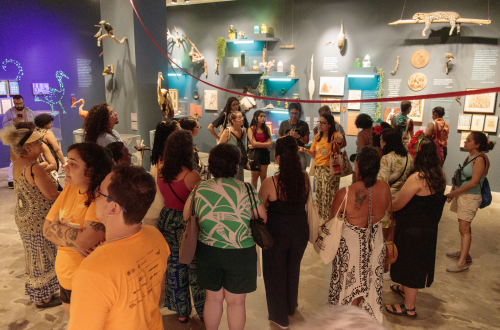
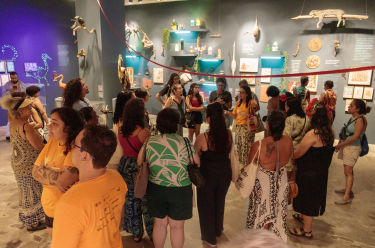
On International Women's Day, the Rolé Carioca invites you to explore the "Nós - Arte e Ciência por Mulheres" (Us - Art and Science by Women) exhibition at the Futuros Cultural Center - Art and Technology. This experience celebrates women's achievements and encourages reflection on the ongoing quest for gender equality.
The exhibition showcases artworks and scientific artifacts that narrate the journeys and accomplishments of women across different eras, places, and cultures. Historically, many women's voices were silenced, and their contributions minimized by social systems, often through exclusion from positions of power or the imposition of stereotypes. Despite these challenges, these remarkable women found ways to defy limitations and forge paths for future generations.
This March 8th, as you explore each gallery, you're invited to celebrate the intricate connections among women throughout history that have built "Nós" (knots) of resistance. It's also an opportunity to reflect on the "Nós" (knots) that still need to be untied for us to fully achieve our rights.
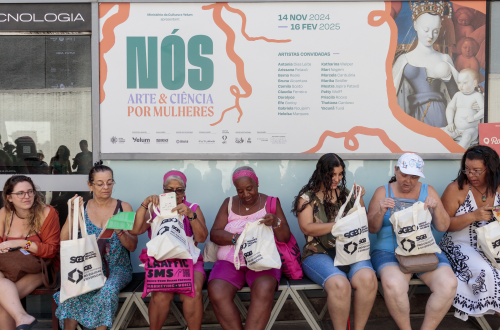

This section of the exhibition addresses women's ongoing fight for a more just society, considering aspects like race, class, sexuality, and other social markers that impact their experiences. It brings to light biographies of women scientists and explores other themes, such as the concept of female mental load. This refers to the invisible responsibility of planning, organizing, and ensuring everything functions smoothly, whether in domestic work or other activities that still disproportionately fall on women, thereby compromising their academic and professional development.
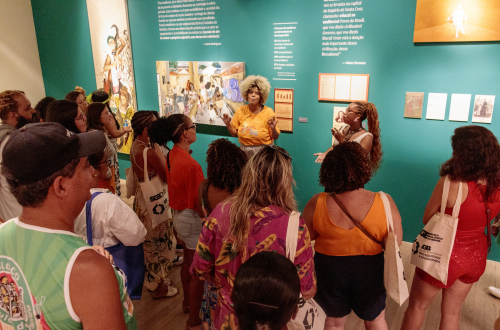
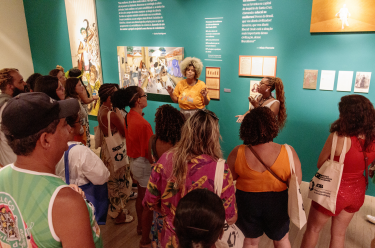
In this gallery, the exhibition focuses on today's women scientists who are working on innovative projects and conducting research to tackle global challenges such as the environment, technology, and communication. Their studies are driving new discoveries. A new generation of women is solving the challenges that impact our daily lives.

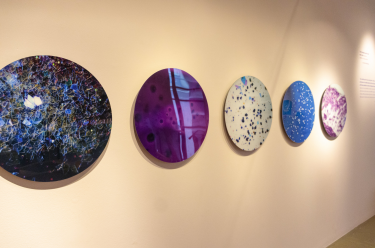
The building that houses the Futuros Cultural Center - Art and Technology was once home to the Beira-Mar Telephone Exchange, inaugurated in 1918. This exchange played a role in the entry of women into the workforce as telephone operators, a profession that has existed since 1858, just two years after Graham Bell invented the device. The inclusion of women in a professional environment was, and still is, one of the first steps toward gaining more rights and opportunities for women.


It is very important to recognize the presence of women in scientific production. Among notable examples from our present are biomedical scientist Jaqueline Goes de Jesus and immunologist Ester Sabino, recognized for sequencing the new coronavirus genome just one day after the first confirmed case of COVID-19 in Brazil. Jaqueline focuses her research on emerging arboviruses and is involved in a genomic mapping project for the Zika virus in Brazil. Ester, in turn, is a researcher at the Laboratory of Medical Parasitology, where she investigates HIV, Chagas disease, and sickle cell anemia.
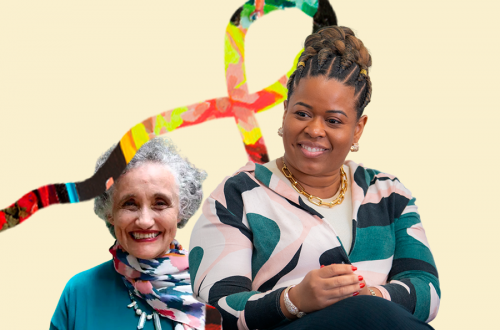
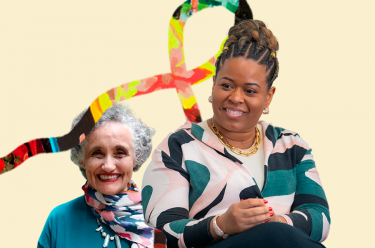
In the early 20th century, the white feminist movement primarily focused on issues like the right to vote and education. In contrast, Black feminism, from its very inception, addressed broader themes such as racism and classism.
On July 25, 1992, the First Meeting of Black Women of Latin America and the Caribbean was held in the Dominican Republic. At this gathering, July 25th was designated as the International Day of Black Latin American and Caribbean Women, aiming to foster discussion and the creation of public policies to combat the multiple oppressions faced by Black women.
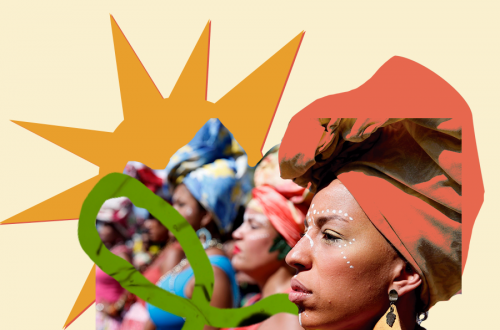

The Indigenous Women's March takes place annually in Brasília as a vital act of resistance and reivindication. Organized by Indigenous women from various ethnicities and Brazilian states, its objective is to advocate for territorial rights, environmental preservation, and the protection of their cultures.
Indigenous women play leading roles in their villages, contributing to sustainability and generating income through their crafts. They also serve as guardians of ancestral knowledge regarding plants and herbs, among many other functions. During the march, they demand an end to violence, access to quality healthcare and education, and the recognition of their leadership in national politics.


"The Paths of Niéde Guidon" is an eight-episode biographical podcast that narrates the journey of Brazilian archaeologist Niéde Guidon. It explores everything from an incident in 1959, when the scientist was expelled from a town in rural São Paulo for teaching the theory of evolution, to her most significant archaeological discoveries. The series addresses the political challenges, death threats, and personal dilemmas faced by Niéde throughout her career, highlighting her position as a woman ahead of her time.


"The Paths of Niéde Guidon" is an eight-episode biographical podcast that narrates the journey of Brazilian archaeologist Niéde Guidon. It explores everything from an incident in 1959, when the scientist was expelled from a town in rural São Paulo for teaching the theory of evolution, to her most significant archaeological discoveries. The series addresses the political challenges, death threats, and personal dilemmas faced by Niéde throughout her career, highlighting her position as a woman ahead of her time.
The film Hidden Figures tells the true story of three Black American women scientists who faced racism and sexism to perform crucial roles at NASA during the Cold War. Through their skills and fight for equality, they helped ensure the success of technological operations in space missions and left an important legacy for science.


The film Hidden Figures tells the true story of three Black American women scientists who faced racism and sexism to perform crucial roles at NASA during the Cold War. Through their skills and fight for equality, they helped ensure the success of technological operations in space missions and left an important legacy for science.
"A River of Women - The Participation of Fluminenses in the History of the State of Rio de Janeiro" is a book by Schuma Schumaher and Érico Vital Brazil. The work offers a panorama of the contributions of diverse women to our history, from the colonial period to the 20th century.
